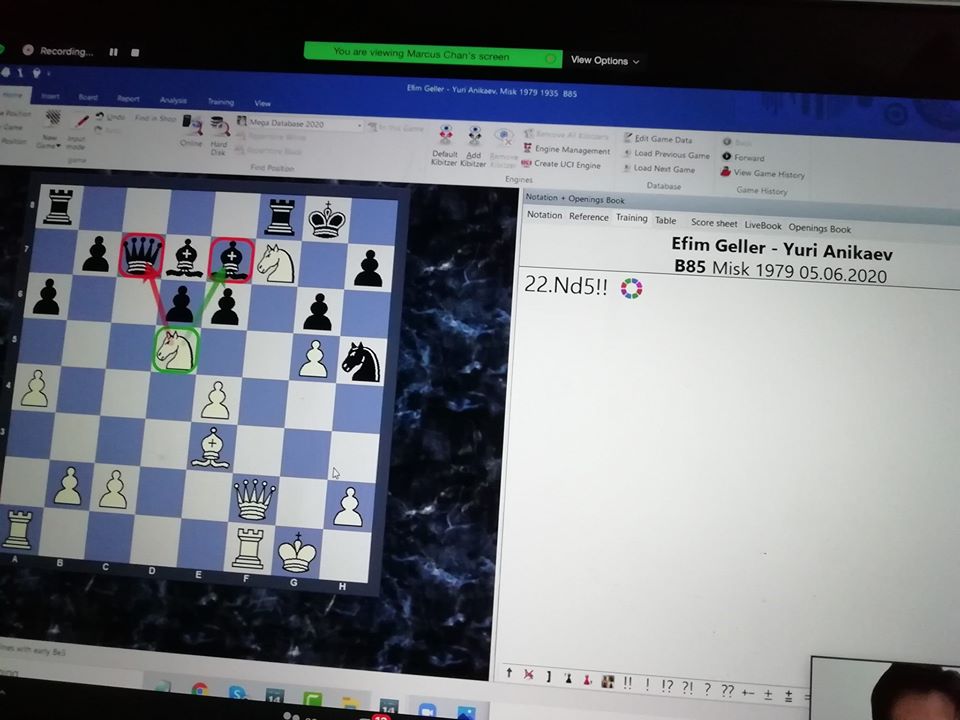For years, school children in the former Soviet Union, Belgium, East Germany, Zaire, and other countries have been taught chess as a way of improving basic reasoning as well as math and verbal skills. Finally, almost half a century after the Soviets, chess is being introduced formally in our public schools, from New York to California. There are many studies that substantiate the value of chess in the schools. We will take excerpts from several to build our case for “chess is a learning tool.” The results as we will see, will lead us to logical conclusion, “Chess exceeds all other thinking development programs available!” (e.g. future problem solving, independent study, problem solving with computers, creative writing, etc.)
Why should we teach chess? What are the hard facts about chess and academic achievement?
Chess has been proven to enhance creativity, concentration, critical thinking skills, memory, academic achievement, problem solving, cultural enrichment, intellectual maturity, self-esteem, standardized test scores, and a host of other qualities that every parent and teacher desires. The Margulies’ study conclusively proved that students who learned chess enjoyed a significant increase in their reading skills. “Inside Chess” (Feb 21, 1994, p.3) states: “the Margulies Study is one of the strongest arguments to finally prove what hundreds of teachers knew all along, “chess is a learning tool.”
In Ferguson’s third study, which included many poor readers, the students showed significant growth in verbal reasoning skills. After only one year of chess study in Zaire, the students participating in the chess course showed a marked development of their verbal and numerical aptitudes.
Roger Langen (1992) claims that “children who learn chess at a early age achieve more in the traditional math and sciences. Chinese, European, and American research all find significant correlational values after just one year of systematic chess exposure.” Langen also states: “The most striking benefits are those associated with problem-solving and creativity.”
Langen goes on to say: “University symposia, like the, “Chess and Mathematics conference” at Forli, Italy, in September 1992, now take the chess and math relation as established.” Chess was integrated into the French Canadian school systems beginning in 1984. The New Brunswick research showed that problem solving skills increased an average of 19.2% after the chess in math program was introduced.
The Bradford ESEA Title IV-C Project found that chess demonstrated the greatest growth over all other activities four years in a row. Since critical thinking is crucial in all aspects of life, it is imperative to disseminate the effects of this study and to implement a chess curriculum in the schools. In their study the average annual increase in percentile score for “Critical Thinking Appraisal” in the chess group was 17.3%. Nationally, students who take this test at yearly intervals do not show a gain in percentile ranking.
Compiled by Steve Sawyer, Oklahoma Scholastic Chess Organization Charter President

+6013-2582768
Penang Center:
45-2, Persiaran Bayan Indah,
11900 Bayan Lepas,
Penang, Malaysia.
Subang Center:
No 30, 1st floor
Jalan SS19/6
Subang Jaya
47500 Selangor
+6013-2582768
Penang Center:
45-2, Persiaran Bayan Indah,
11900 Bayan Lepas,
Penang, Malaysia.
Subang Center:
No 30, 1st floor
Jalan SS19/6
Subang Jaya
47500 Selangor
Copyright 2013-2023 Tesla Chess Academy (PG0362402-H)